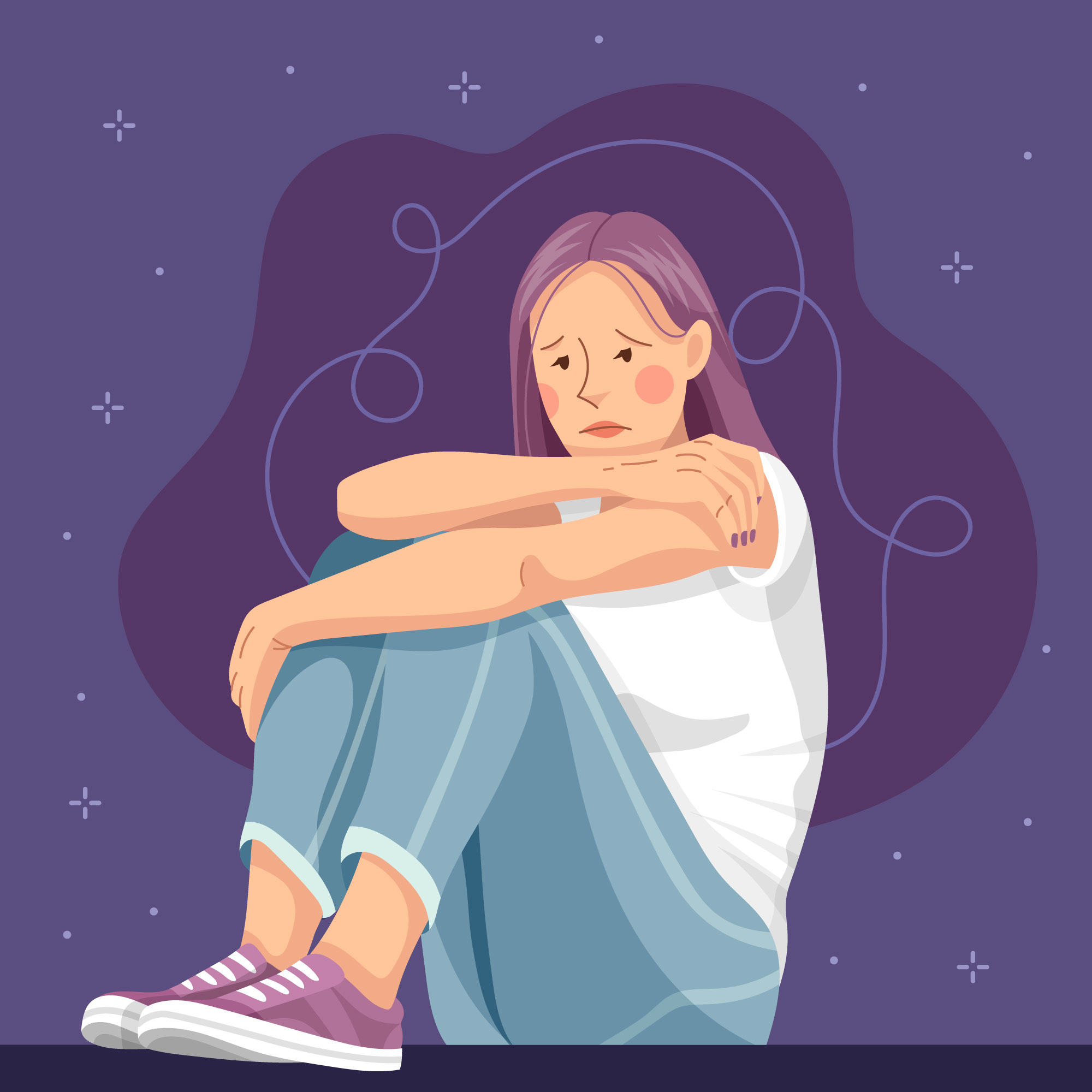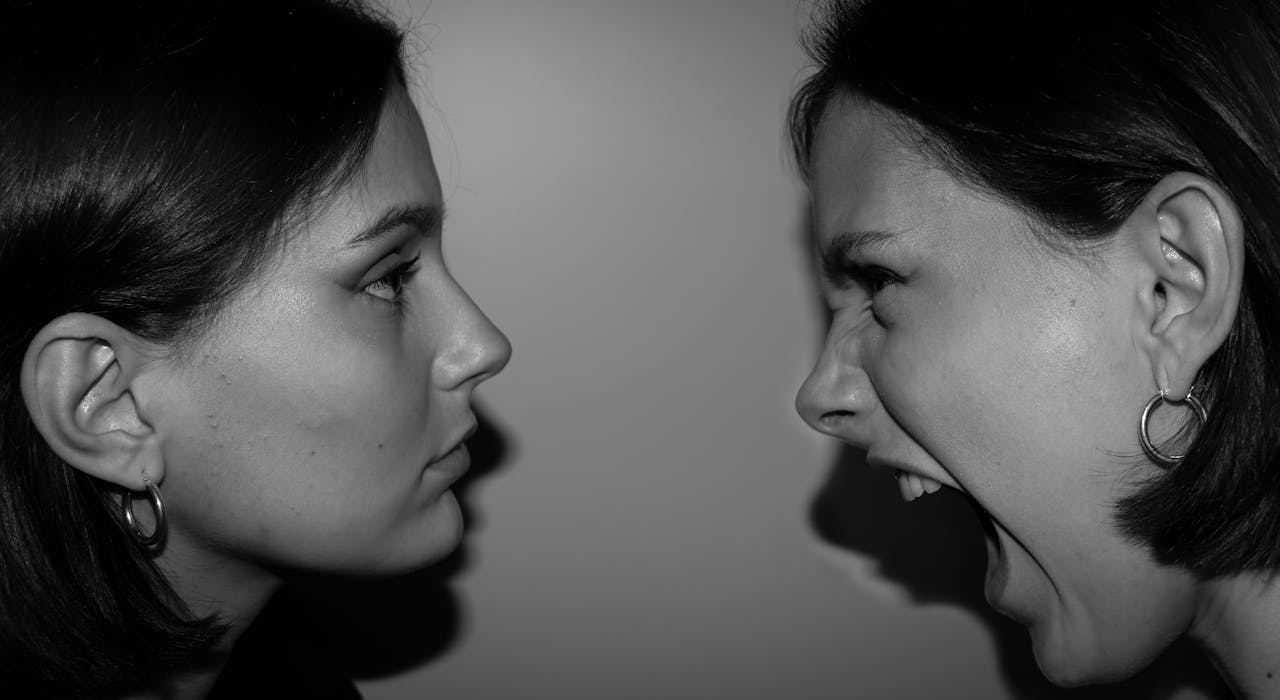Note: This post is part of the Voices for Education Justice series—a practical guide for anyone ready to speak out about harm in schools. Whether you’re building a blog, drafting your first post, or finding the courage to hit publish, this series is here to remind you: your words carry weight, your story matters, and silence is not the price of survival.
For many of us, writing begins in the moment of rupture—when a school meeting breaks our composure, when our child collapses in our arms, when another carefully worded email receives a reply so gaslighting it makes our throat tighten and our hands shake. We write because silence becomes unbearable. We write because the story threatens to disappear under the weight of too many euphemisms and unread attachments. We write because no one else will remember what we lived.
-
This broke me: a parent’s experience of school advocacy
Parenting is not a monolith. Neither is disability. Every family walks a different path, shaped by bodies, resources, identities, and institutions. This piece reflects one perspective—mine—as a disabled parent navigating systemic harm, health collapse, and the fierce love that remains. It is not…
But writing about trauma—especially when that trauma involves children, systems, and power—can feel dangerous. We fear retaliation. We fear judgment. We fear breaking down in public. We worry that telling the truth might burn the bridges we still must travel.
This post is a gentle guide for writing in a way that protects your safety, your child’s dignity, and your long-term stamina—while refusing to erase what happened.
This post is in a series, and here was the prior post:
-
Where do the ideas come from?
You already have the material. The moment your brain caught fire after a school meeting, the voice note you whispered in your car, the email thread that hollowed you out—these fragments hold more power than you realise. This post is a guide to…
What it means to protect your truth, not just your privacy
You are allowed to tell the truth.
And you are also allowed to shape that truth in a way that honours your body’s limits, your family’s boundaries, and your own healing process. This is not about censoring yourself. It is about resisting systems that demand composure while they cause harm.
Writing safely does not mean being vague. It means being deliberate and deciding which details to hold close and which to offer.
When you protect your truth, you do not dilute it. You give it shape.
Strategies for writing without overexposing
- Use pseudonyms or initials: Protect your child, yourself, and staff involved by changing names while keeping the emotional reality intact.
- Let one moment stand in for many: You don’t need to tell the whole timeline, so don’t put pressure on yourself. One meeting, one sentence, one missed support can carry the whole story.
- Shift the setting: Change a detail about location, timing, or framing to protect identities without altering the truth.
- Name patterns, not personnel: Unless you’re ready to name an institution or person explicitly, focus on the structural pattern (e.g. capacity issues, tone-policing, denial of accommodations).
- Write in layers: Use metaphor, rhythm, or abstraction to convey emotional truth without revealing every fact.
- Hold drafts if it helps you process: You can write everything now and publish later. A story written in May might feel safer to share in November.
- Use symbolic or anonymous imagery: If you’re publishing a post and want a visual that supports it without revealing anything personal, you can use free stock photography from sites like Pexels, Unsplash, or Freepik. Choose images that reflect mood or metaphor—like open doors, empty chairs, or softened light—rather than literal identifiers.
What’s legally risky, and what’s protected in Canada
In Canada, defamation law balances free expression with protection from reputational harm. You are legally permitted to publish truthful accounts of your own experience, even if they include criticism, pain, or anger. A statement is not defamatory if it is true, opinion-based, or in the public interest.
You can say:
“This happened to my child.”
“This was how I felt.”
“This is the pattern I observed.”
“This is the email I received.”
“This is how the decision harmed us.”
You’re allowed to name institutions. You can critique decisions, policies, and leadership.
What you’ll want to avoid is publishing knowingly false statements or unsubstantiated accusations that directly damage someone’s personal reputation without factual grounding.
Naming a teacher as abusive without documentation could raise risk. Describing the emotional harm your child experienced in a school meeting—even naming the school—carries far less risk, especially if you have records or emails.
You do not need to water down your experience. You simply need to speak from it, name what you can show, and avoid making assumptions about intent.
To learn more about what counts as defamation or libel in Canada, visit the legal information resource People’s Law School. For those interested in a deeper legal framework, the article Defamation, Privacy and Aspects of Reputation (2019) by Andrew T. Kenyon, published through Osgoode Hall Law School and CanLII Docs, offers a clear and thoughtful exploration of how Canadian law approaches truth, harm, and public interest in defamation cases.
This blog is written from the perspective of a parent advocate and is not legal advice. If you have questions about what you plan to publish, especially if it involves naming individuals or institutions directly, please consult a lawyer or legal clinic in your province.
When to pause, and when to push forward
If writing brings more harm than clarity—if your chest tightens and the page feels like a trap—you can pause. The story will still be there. You do not owe the world your open wound.
But if writing brings breath back into your body—if you feel energy returning as the sentences take shape—then this might be your moment. Write it down. Say it plainly. Let it live somewhere outside your nervous system.
You can speak the truth and still be safe. You can be powerful and still be careful. You can bear witness and still hold something back.
You get to decide how.
-
When energy returns: on finding purpose, refusing silence, and recovering from institutional harm
When I could barely rise from the couch, I believed my exhaustion was depression. Now I see it was the cumulative harm of years spent silencing myself in hostile institutions, suppressing truth to protect my neurodivergent children. The body remembers this violence; it…










